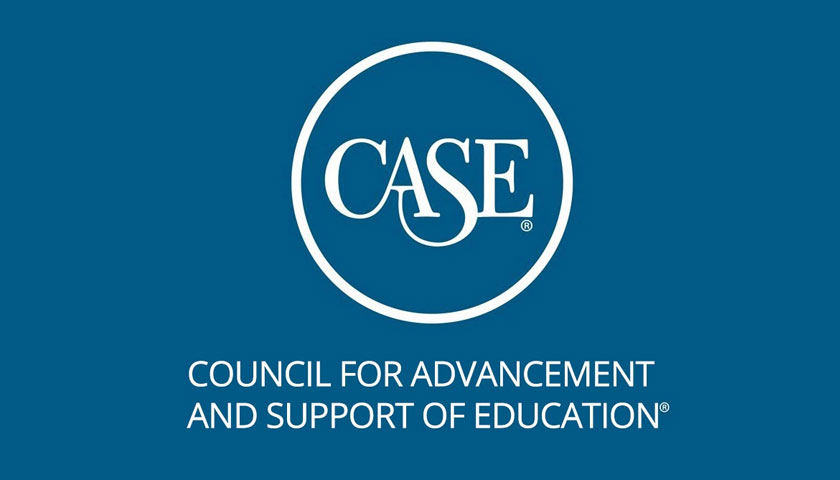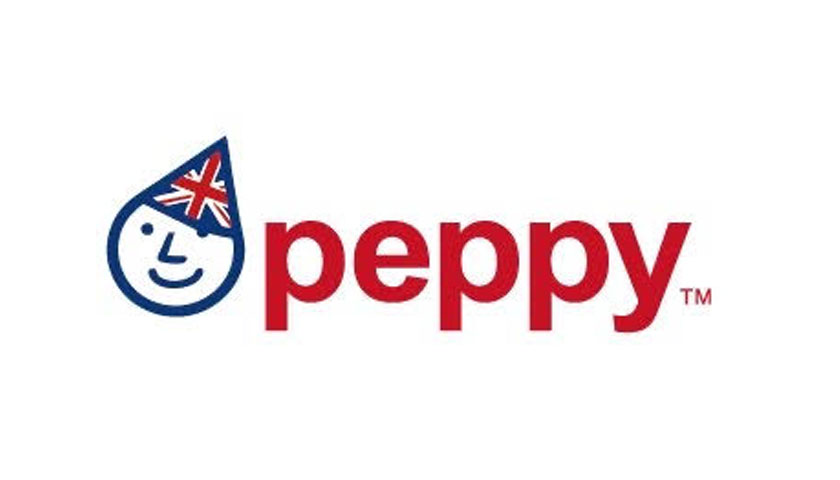The CASE-Ross report, released recently by the Council for Advancement and Support of Education (CASE), shows new philanthropic funds secured by UK and Irish higher education institutions was £1.09 billion during the 2019-2020 reporting year.
The CASE-Ross Support of Education Survey, United Kingdom and Ireland collects detailed information about fundraising and donors to measure the philanthropic performance of higher education institutions in the UK and Ireland. It also provides an estimate of the overall impact of philanthropy on the higher education sector. It is one of a portfolio of AMAtlas surveys undertaken by CASE worldwide, providing vital comparative data for fundraising and alumni relations.
The new funds secured from philanthropic sources has remained higher than £1 billion for the third year running though average new funds secured decreased 17% from 2018-19 figures1.The total cash income received in 2019-2020 was £1.03 billion. The average cash income received by all institutions has only decreased by 0.1% since 2018-19.
The total number of donors to reporting institutions was 214,115, up from 204,967 in the previous reporting year, suggesting that even during a difficult time, institutions are fruitfully engaging with their communities. Since 2018-19, the average number of donors to institutions has increased by 3.6% and the average amount of alumni donors increased by 5%.
“The CASE-Ross Survey results show how innovative and nimble educational leaders have proven themselves to be through unprecedented circumstances. Whether it was through creating online alumni programming, engaging new stakeholders, or fortifying already-established relationships and strategies, advancement professionals have continued to cement bonds for their institutions in a difficult time”, says CASE President and CEO Sue Cunningham.
“As we look to education to lead the world forward and out of the pandemic, philanthropic support provides institutions with vital resources to enable their good work. Consistent, steady advancement investment over time enables institutions to garner support from their alumni and friends and achieve their goals”, she says.
The landscape for philanthropic support for higher education continues to be uncertain as CASE’s member institutions recover from the impact of the COVID-19 pandemic. Average fundraising expenditure decreased by 9% and average alumni relations expenditure decreased by 16% over the previous year. The mean percentage change of fundraising staff increased by 0.1% while that for the alumni relations staff reduced by 4% over 2018-19 values. Over time, continued investment in these functions creates significant return, so these decreases are concerning for the sector.
As the CASE-Ross Editorial Board outlines in the report, “Consistent investment, appropriately tailored to institutional needs and opportunities, has proven time and time again to lead to success”.
“The commitment, fortitude and care shown by advancement professionals across the UK and Europe during a year thrown into uncertainty due to the coronavirus pandemic is admirable”, says CASE Executive Director for Global Engagement Bruce Bernstein. “The focus on relationship-building proved prescient and valuable as the CASE-Ross survey shows more than £1 billion of new funds secured for the third year in a row”.
Other key findings from the 2019-2020 survey data include:
- Large gifts continued to contribute significantly to the sector’s success. Amongst 79 institutions that provided the data, 219 donors made gifts or pledges of £500k or more during 2019-2020 (excludes elite and fragile institutions).
- On an overall level, institutions sourced 66% of their new funds from organisations (including companies, trusts and foundations and lottery) and the remaining 34% from individuals.
- Of the institutions that provided the breakdown for total donor figures, 97% were individuals and 3% were trusts and foundations, companies, lotteries, or other organisations.
- 149,715 of the reported 10.8m contactable alumni made contributions during the year.
- Contactable alumni numbers continued the long-term trend of inexorable rise.
- Investment in alumni magazines declined for the third year in a row.
- Staff costs accounted for 79% of average fundraising expenditures and 73% of average alumni relations expenditures.
1Trends are calculated using data from a base of 81 institutions that provided information for a key set of variables for all four years – 2016-17, 2017-18, 2018-19, and 2019-2020 and are based on consistent year-over-year samples.
The report uses cluster analysis based on four-year average figures for key variables related to income, donors, costs, and staffing. Based on this analysis, the participating institutions are grouped into six clusters: Elite, Established, Moderate, Developing, Emerging, and Fragile.



